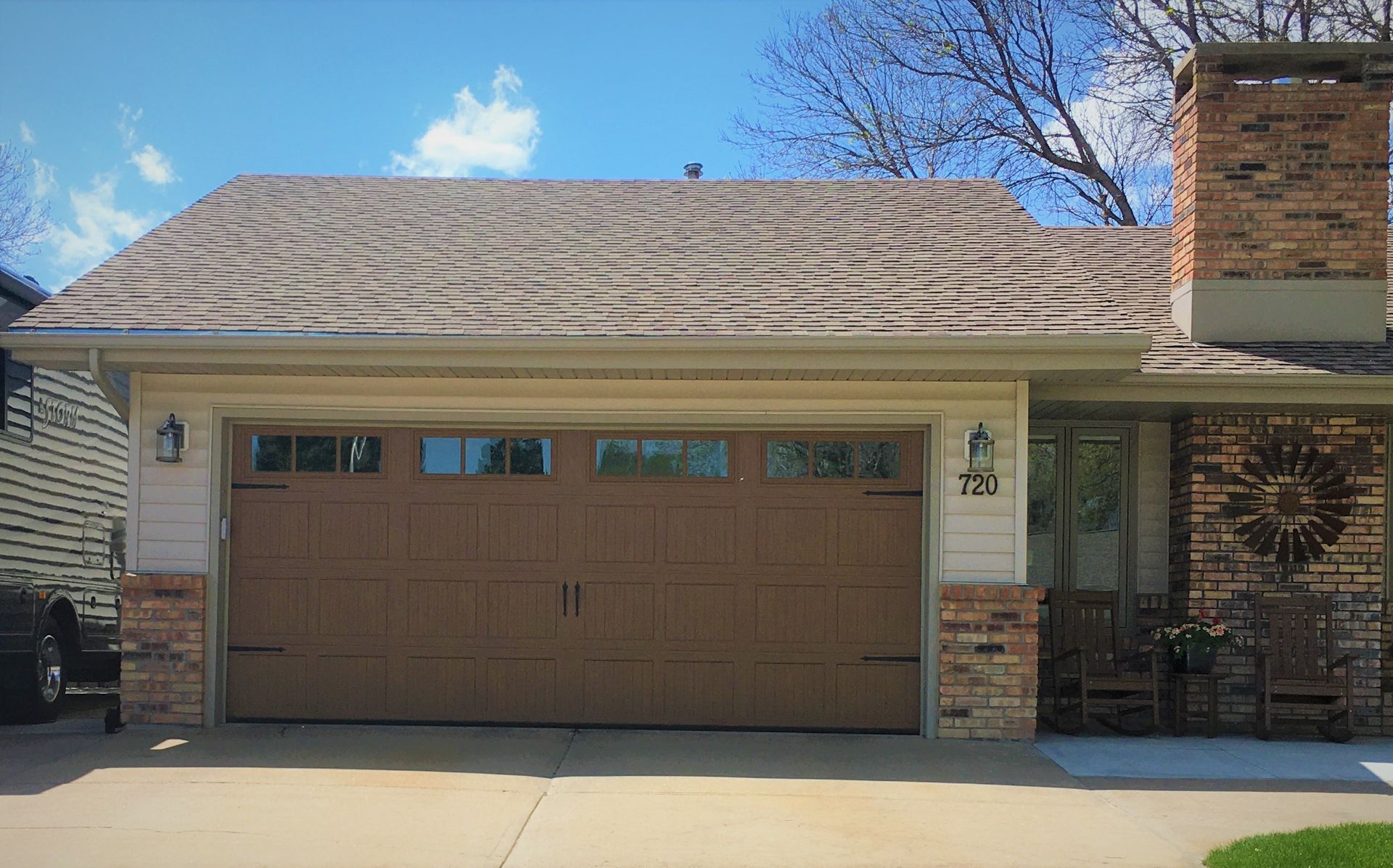Trying to decide between a flat or sloped roof? Each has its perks, but your decision should be based on your requirements, budget, and design preferences. Let’s dive into the differences between flat and sloped roofs and see which one suits you best.
Pros and Cons of Flat and Sloped Roofs
Understanding Flat Roofs
- Benefits: Flat roofs are budget-friendly, simple to install, and perfect for extra space such as rooftop patios or equipment like HVAC units.
- Cons: Flat roofs require frequent upkeep to prevent water from pooling and can develop leaks if not properly maintained.
Sloped Roofs
- Pros: Sloped roofs are great for water drainage, they are durable, and they often look more appealing.
- Disadvantages: Higher upfront costs and more complex construction.
Common Misconceptions About Flat Roofs
Contrary to popular belief, flat roofs aren’t truly flat. They have a subtle slope for water drainage. Flat roofs can be just as durable as sloped ones with the right materials and maintenance.
Key Considerations: Costs, Materials, and Building Design
Here are the key factors to consider when choosing between flat and sloped roofing:
- Financial Considerations: Flat roofs tend to be cheaper upfront, but sloped roofs may offer more savings over time due to their longevity and lower maintenance needs.
- Types of Materials Used: Flat roofs often rely on materials like EPDM or TPO, while sloped roofs commonly use asphalt shingles, tiles, or metal.
- Architectural Considerations: Consider the building's architecture, climate, and intended use. Flat roofs work well for modern aesthetics, while sloped roofs suit traditional homes and areas with heavy rainfall or snow.
Weathercraft's Expertise in Roofing Solutions
With years of experience, Weathercraft is your trusted partner for both flat and sloped roofing. Our team provides expert recommendations, ensuring you get the most suitable roofing solution for your building. We use high-quality materials and provide exceptional craftsmanship on all roofing projects.
